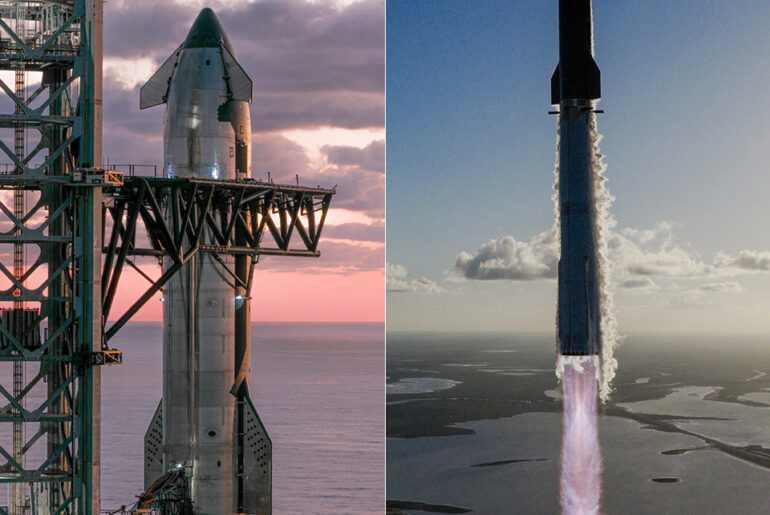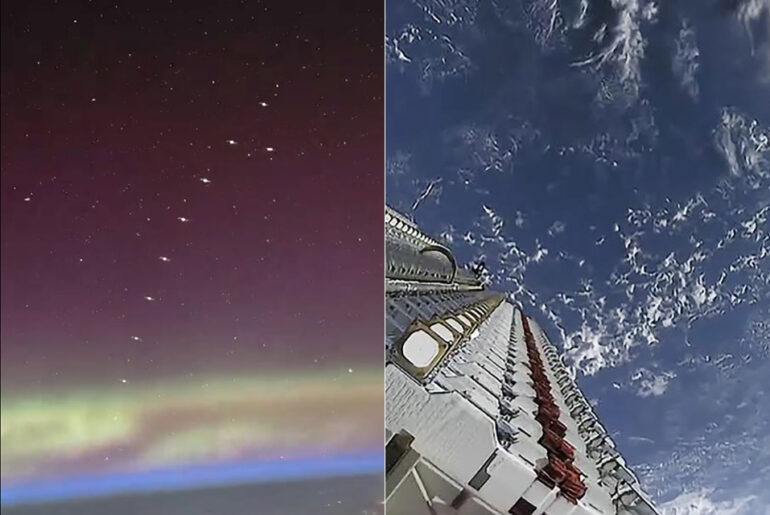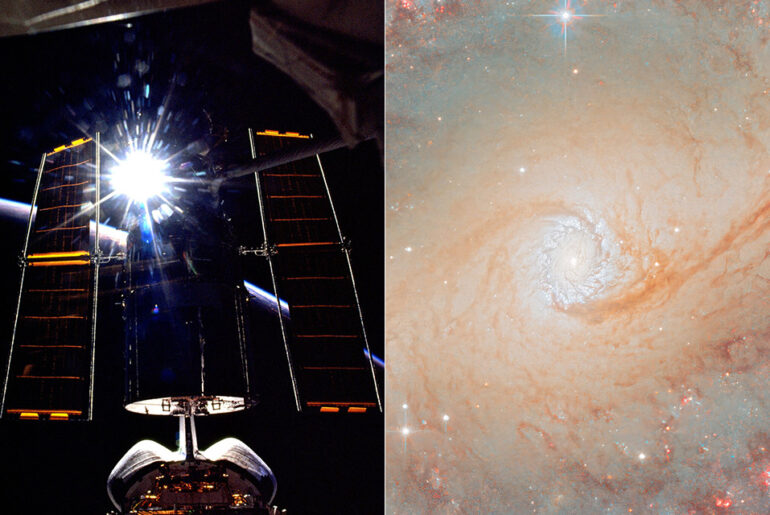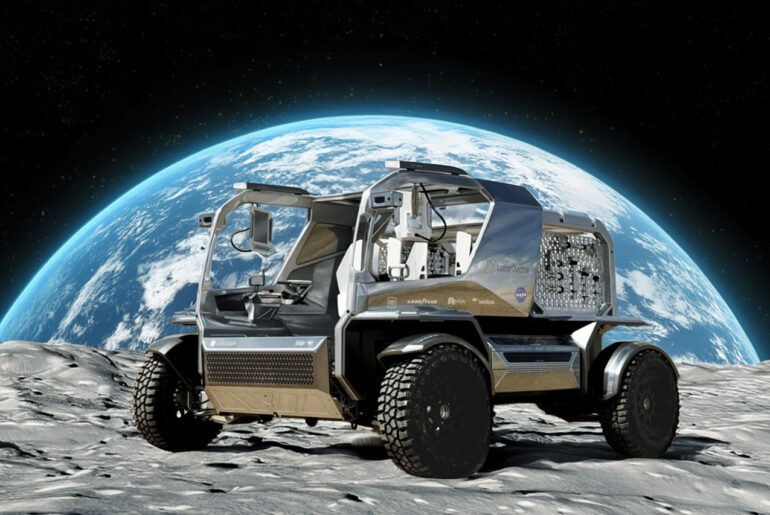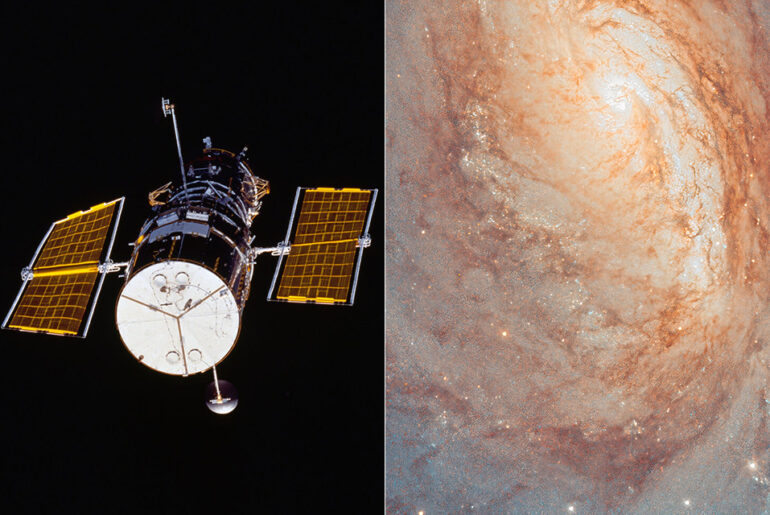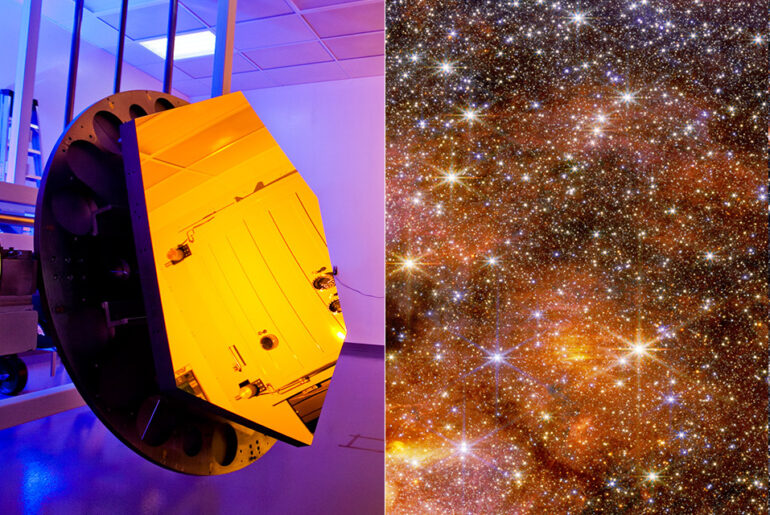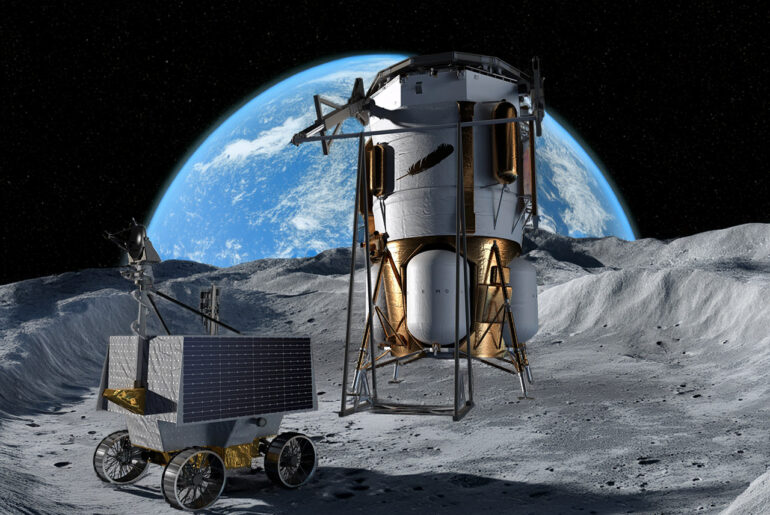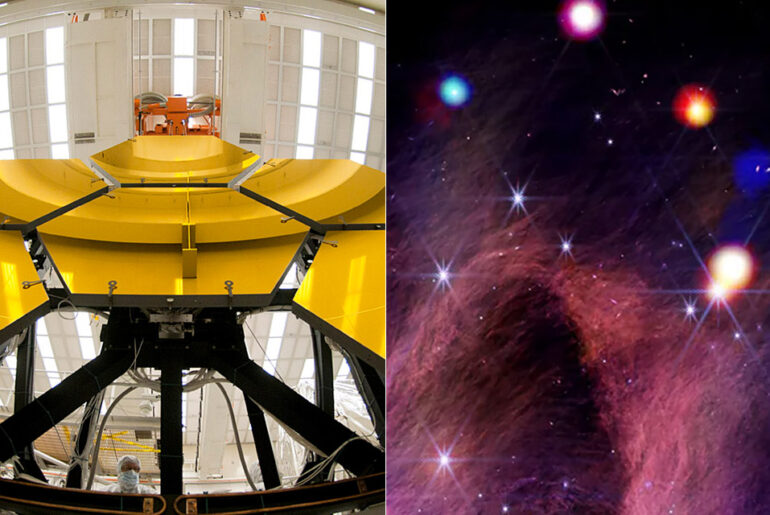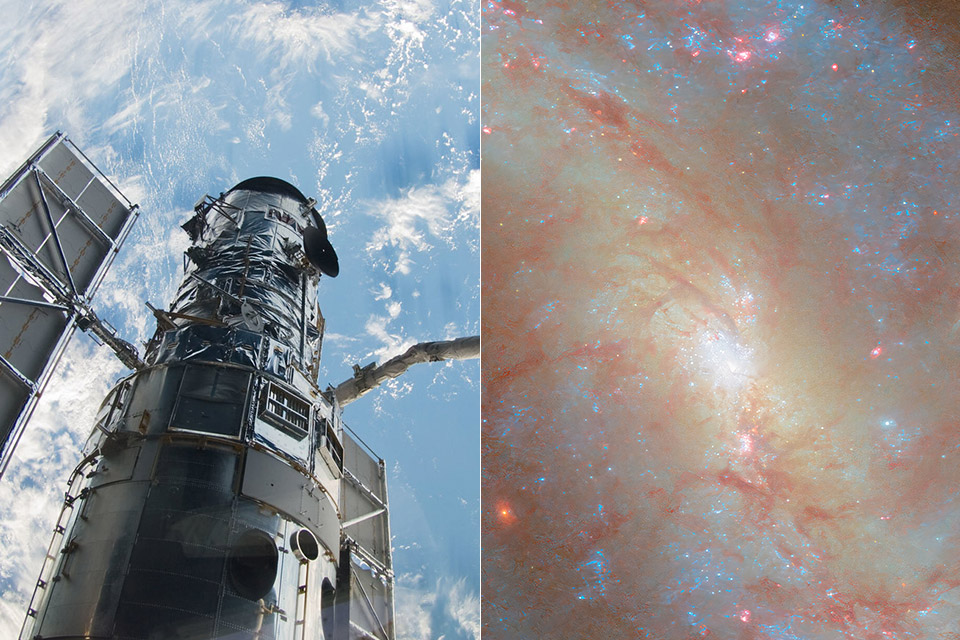
NGC 7496, a spiral galaxy in the constellation Grus located about 24 million light years away, has recently been imaged in high detail by the Hubble Space Telescope. This latest image reveals what it looks like to view a galaxy that is a true hub of activity, with blazing groupings of stars and nebulae cradling the entire star birth and death process.

October 13th, 2025 will be remembered as a turning point for SpaceX. At 6:23 p.m. local time, the Starship rocket blasted off from Starbase in South Texas. Flight 11 was the final hurrah for Starship’s Version 2, marking the beginning for some truly exciting times ahead. Standing an incredible 403 feet tall, this absolute behemoth of a machine carried the hope for landing on the moon, establishing colonies on Mars, and ushering in a new era of space travel.
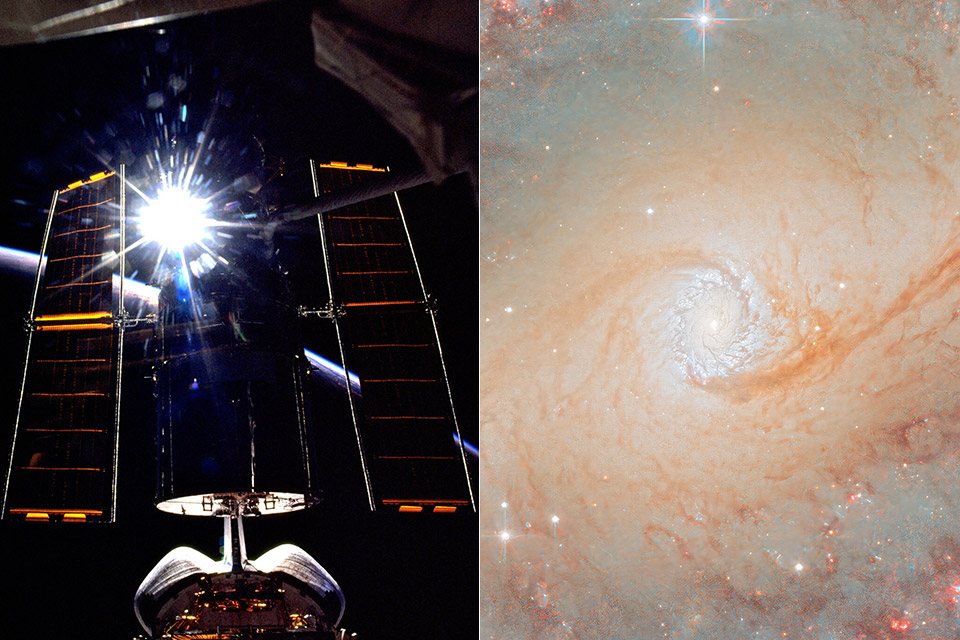
NGC 6951, a spiral galaxy located 70 million light years away in the constellation Cepheus, is not your typical galaxy. This week’s Hubble Space Telescope image is a cosmic beauty, with spiral arms full of ruby-red nebulae, a golden core full of old stars, and a ring where new stars are formed.

Sierra Space just made a quiet pivot for the Dream Chaser spaceplane and it feels like the end of a long wait and the start of something bigger. Late last month the company and NASA ended their old agreement and ditched the original plan for cargo runs to the International Space Station. Instead the vehicle’s first trip to space will be on its own terms—a solo lap around the Earth in late 2026.
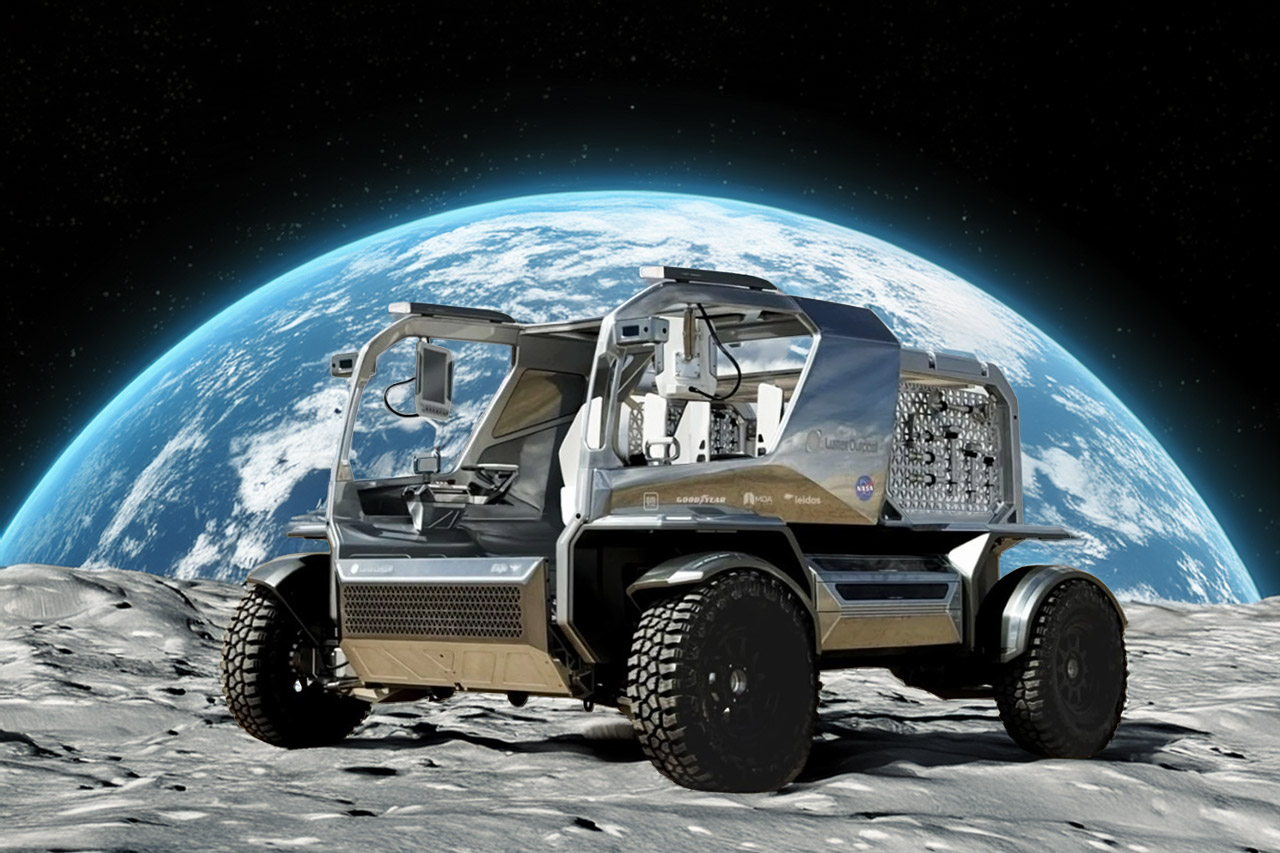
Fifty years after astronauts bounced around the lunar surface in a stripped-down electric cart, General Motors is back with a rover that’s more like a reliable pickup truck than a one-time toy. The Lunar Terrain Vehicle, or LTV, is developed by a team led by Lunar Outpost, with General Motors handling the battery pack, frame and smarts for standing upright on uneven ground. This vehicle is for NASA’s Artemis missions which will deliver humans to the South Pole starting around 2030.
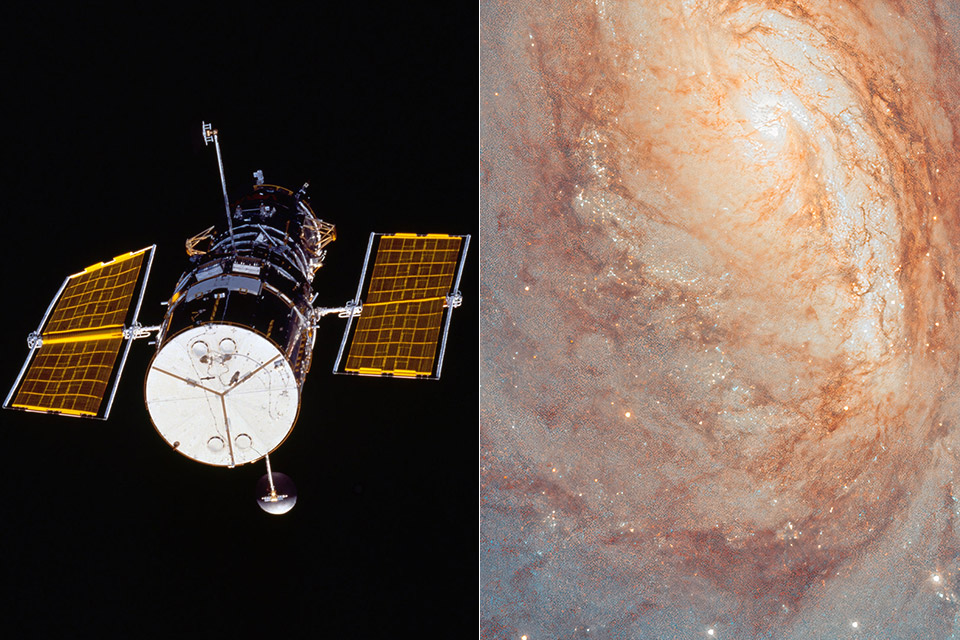
A spiral galaxy in the Scorpius constellation, 100 million light-years away, is a beauty to say the least. NASA/ESA’s Hubble Space Telescope captured images of NGC 6000, which has a golden core and blue arms, providing a glimpse into stellar evolution, supernovae, as well as an unexpected visitor from our own Solar System.

Sagittarius B2, a giant cloud of gas and dust near the center of the Milky Way, is churning out stars at an incredible rate. NASA’s James Webb Space Telescope has trained its infrared eye on this star factory and has captured images that are both breathtaking and baffling. This region, just a few hundred light-years from the galaxy’s central black hole, Sagittarius A*, holds secrets about how stars are born that Webb’s advanced technology can only partly reveal.

NASA’s Volatiles Investigating Polar Exploration Rover, or VIPER, is back from the dead. After being cancelled in 2024 and pissing off scientists and lawmakers, NASA has contracted Blue Origin to take this golf cart sized rover to the moon’s south pole in late 2027. This is part of NASA’s Commercial Lunar Payload Services (CLPS) program and is a big step towards unlocking the moon’s secrets and paving the way for humans to live off the land in space.
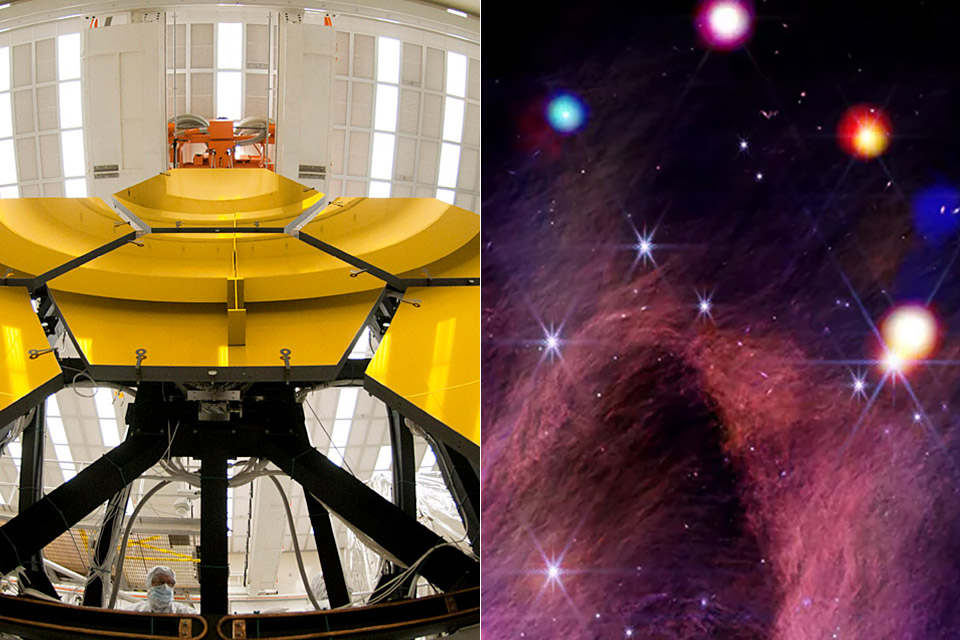
A thousand light-years away, in the constellation Perseus, a cosmic nursery is humming with life. NASA’s James Webb Space Telescope and Chandra X-ray Observatory have imaged IC 348, a star-forming region in our Milky Way, and it’s a beautiful picture of galactic creation.


